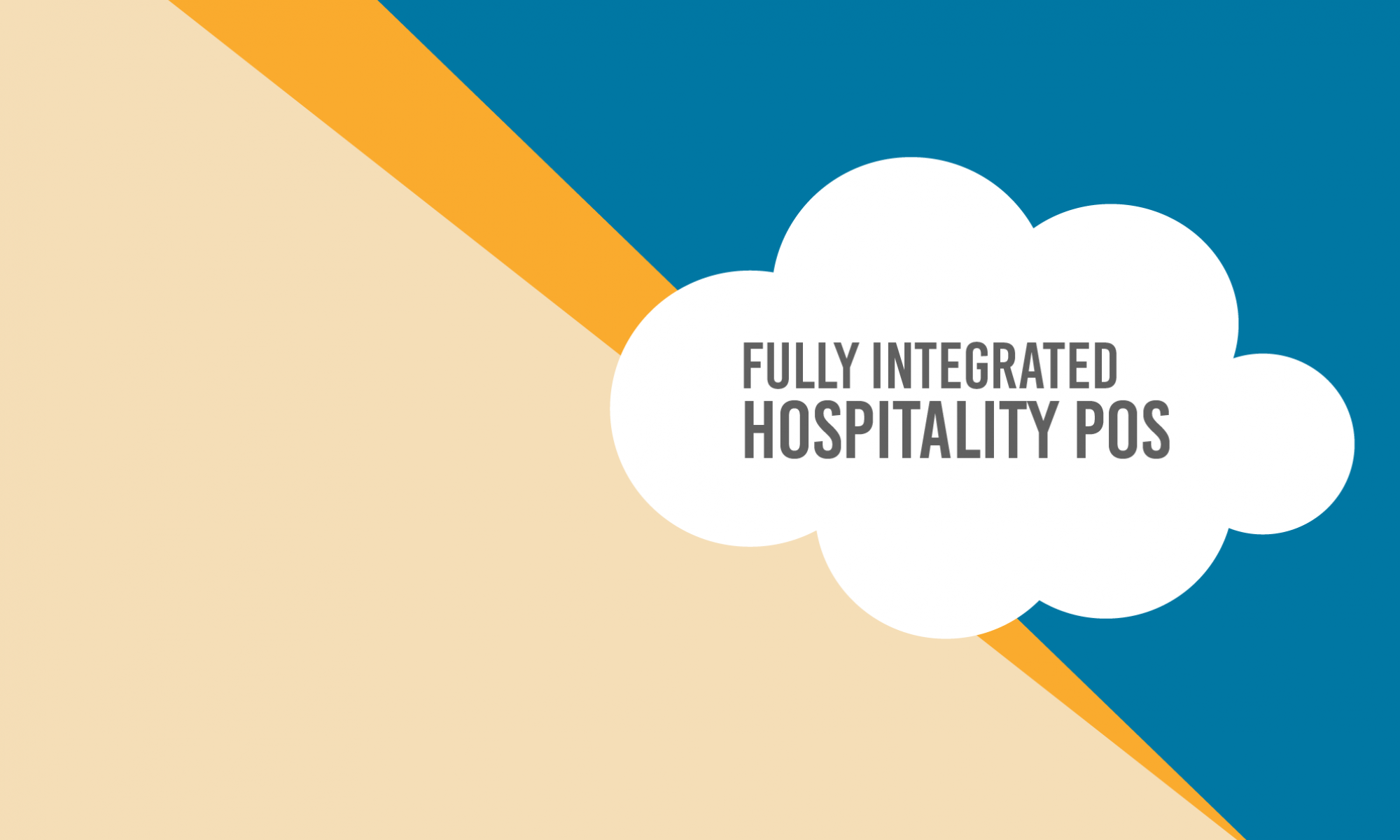Likely you have volumes and volumes of data from your point of sale, loyalty, gift card programs and marketing systems, possibly going back decades or maybe just weeks. Regardless, you have at your fingertips, a wealth of data just sitting there waiting to be tapped.
The question then becomes: what do you do with the vast amounts of info you have collected and how can you use it to impact your restaurant business? There are three steps you can take to master the repository of numbers you have at your disposal.
Step 1. Gather Your Data
Aggregating your restaurant data and knowing where to find it is the first step. Make a list of all the data you collect, the source of the data and how to pull the data from your various systems. Then, decide which data points would be most helpful to you in making business decisions. Some obvious first choices are:
- Ticket and turn times
- Labor and wage costs
- Food and beverage sales
- Winner and Loser items
- Per-Person Averages (PPA) and Per-Check Averages (PCA)
Before you move to the next step, it is wise to take a moment to make sure your data is “clean”. That means that duplicate information is removed, that it’s accurate and that it is from the correct time frame and in a usable format.
Step 2. Analyze Your Data
Now that you have gathered your data, determined exactly what you want to track and “cleaned” your data, it’s analysis time. When you start tracking and analyzing your restaurant data, you are creating a baseline that gives you a starting point that you can use to measure performance. Ideally, you have integrated systems that all talk to each other. A point of sale system that can do this and then analyze the data for you is a huge asset and time saver that allows you to quickly jump to Step 3.
Step 3. Apply Your Data
The goal of gathering your data and analyzing your data is to ultimately apply what you know to control costs and make good decisions that will benefit your restaurant or bar. For example, once you know your average ticket times you will be able to take steps to reduce the time by making the kitchen more efficient. You can also use the data to make menu decisions. If you find an item is hardly ever ordered, it might be time to cut it from the menu.
Restaurant Data is Your Friend
Size is not an issue when it comes to data. The smallest bistro to the largest multilocation restaurant chain can benefit from having a restaurant data guru with the ability to harness the power of the data your operations spit out each day. Making it a priority to gather, analyze and apply the data you have on hand will pay off big time when you start to see your sales increase, your costs go down, and your spending under control.

